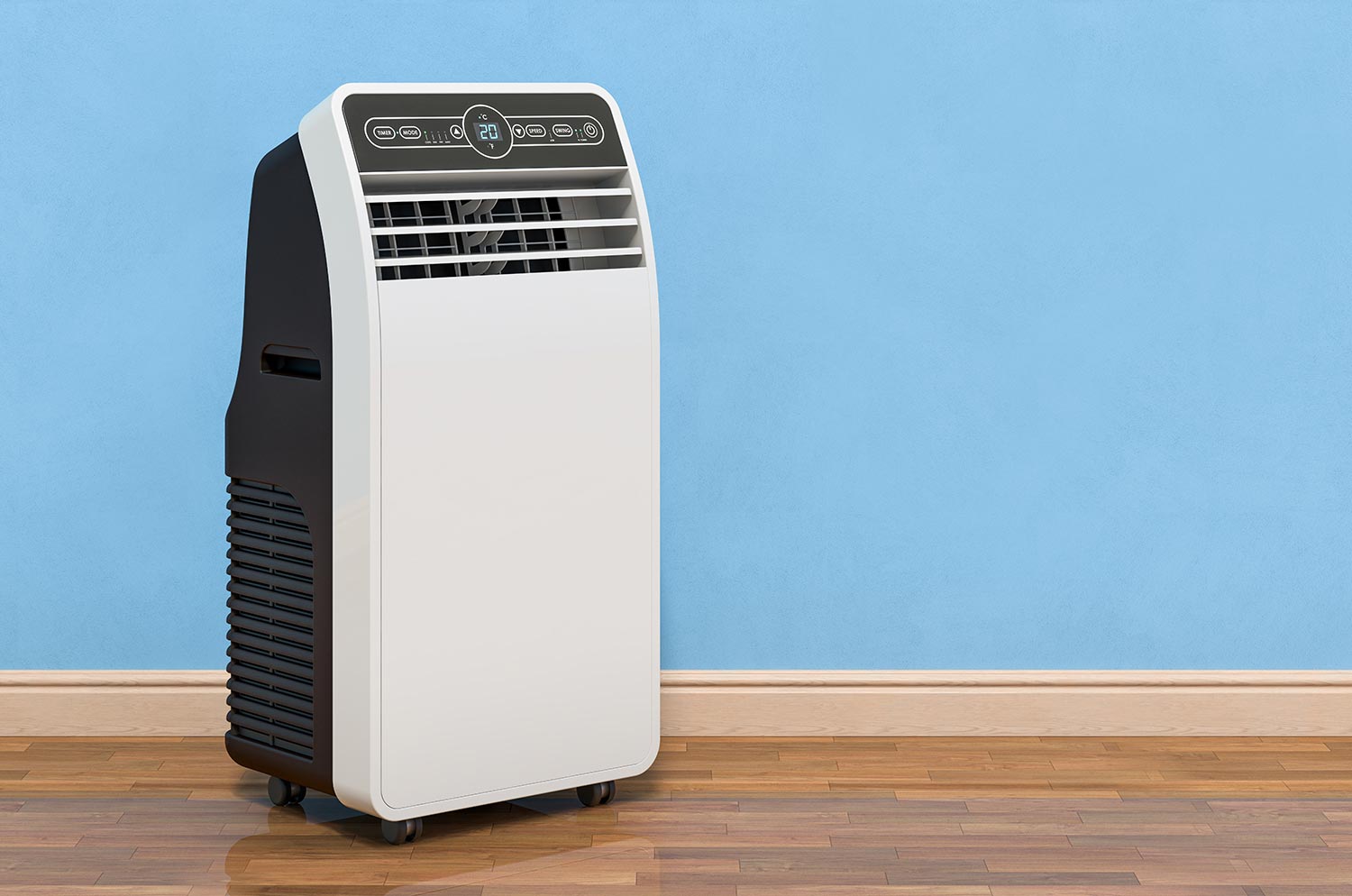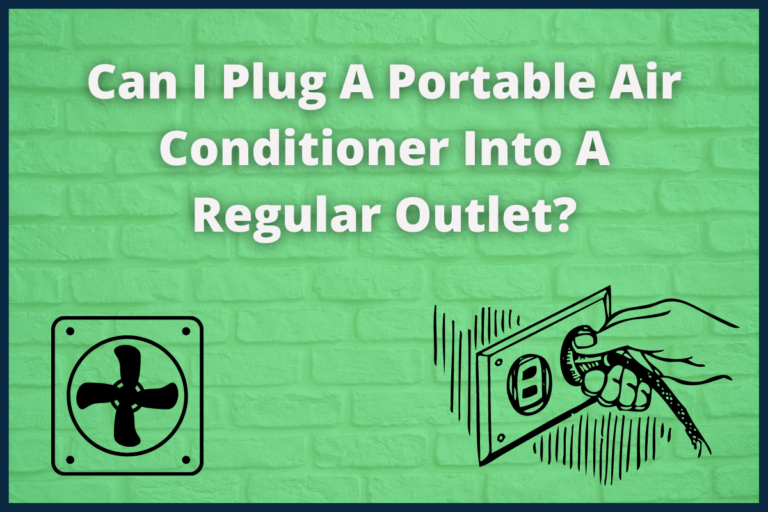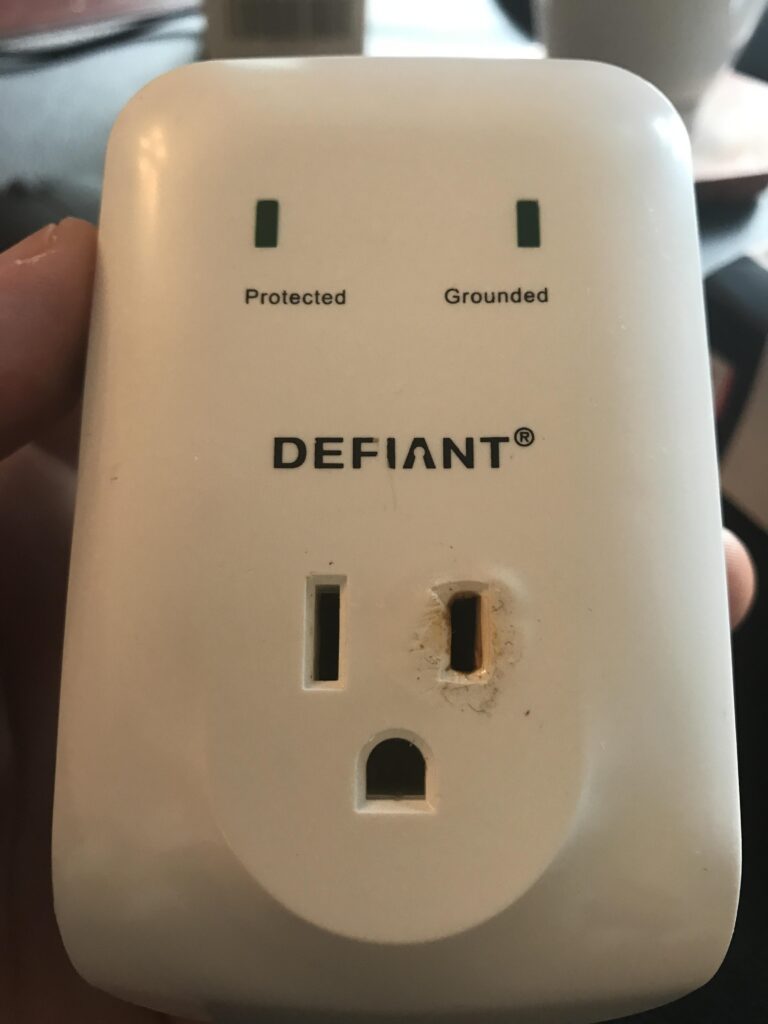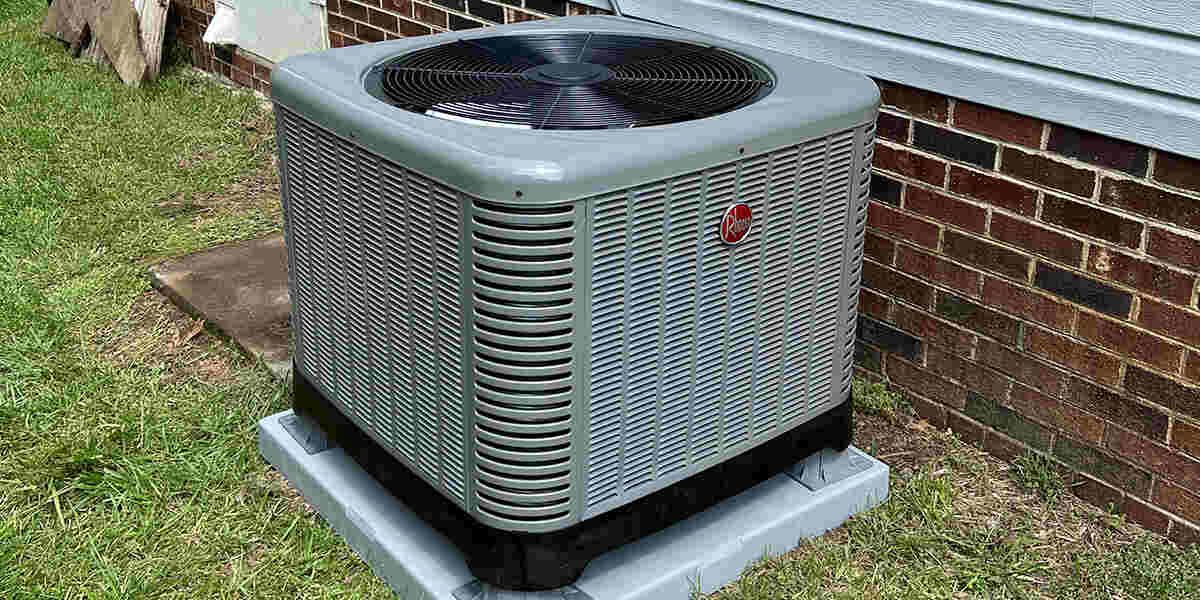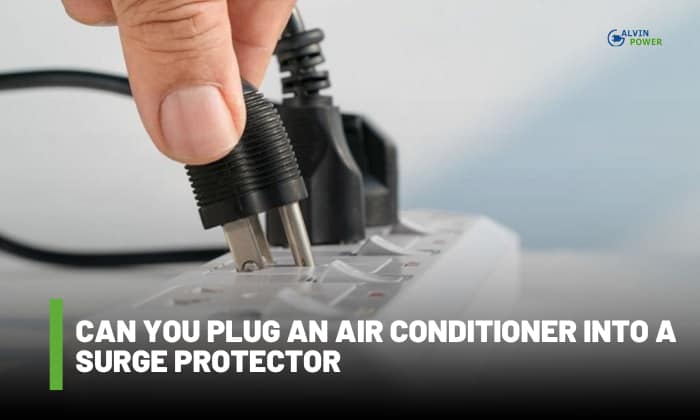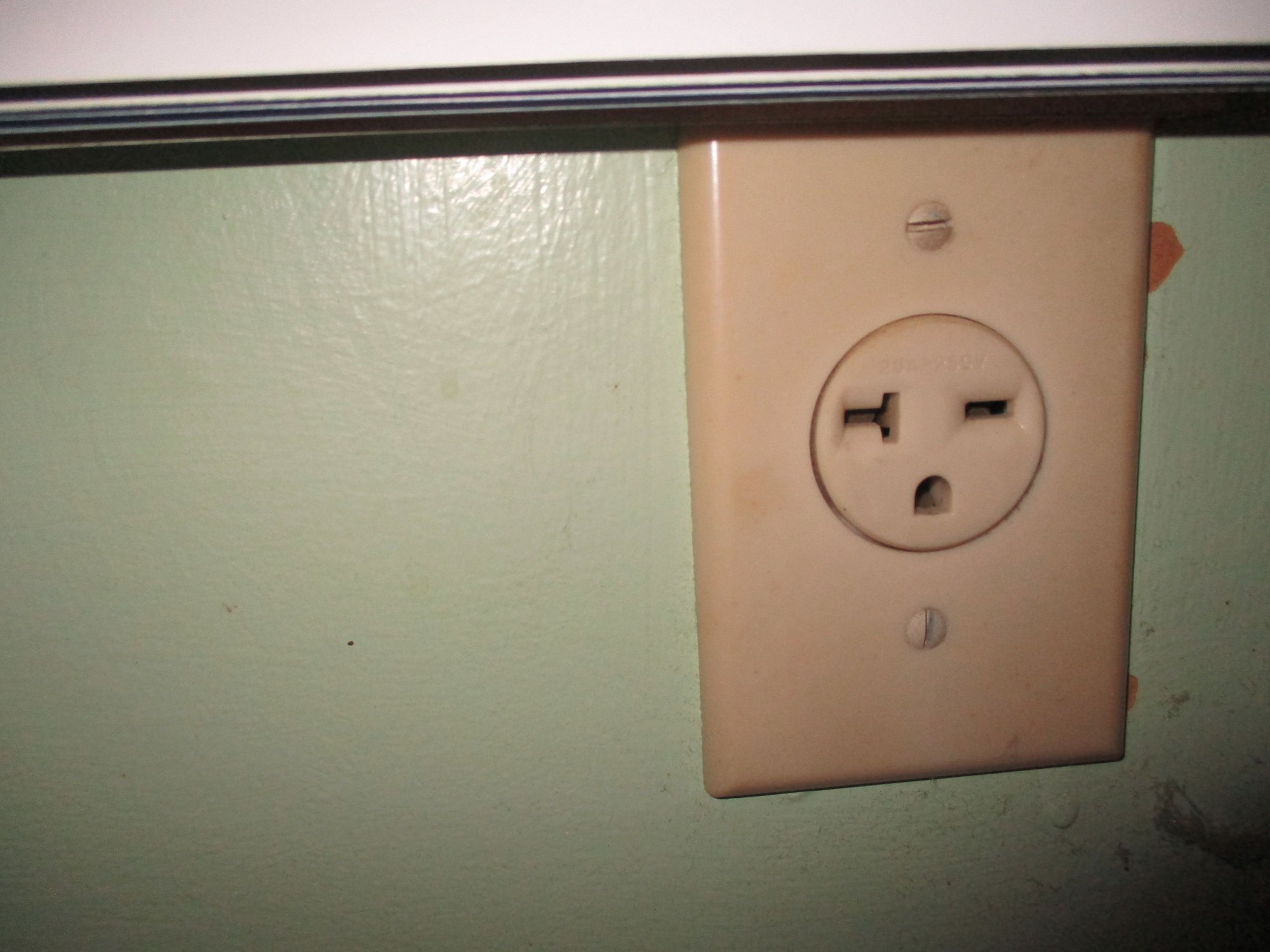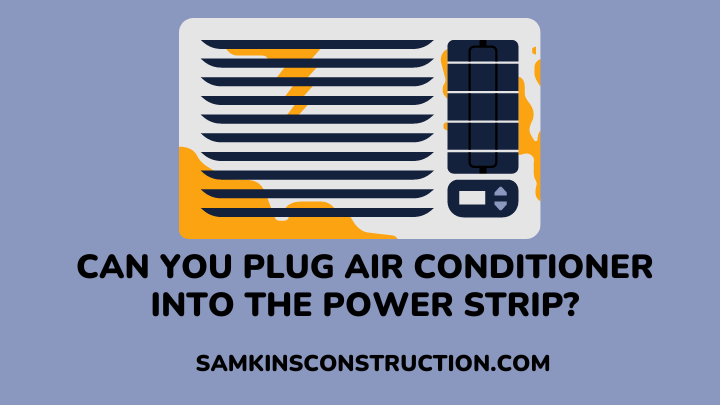Can You Plug An Air Conditioner Into A Regular Outlet
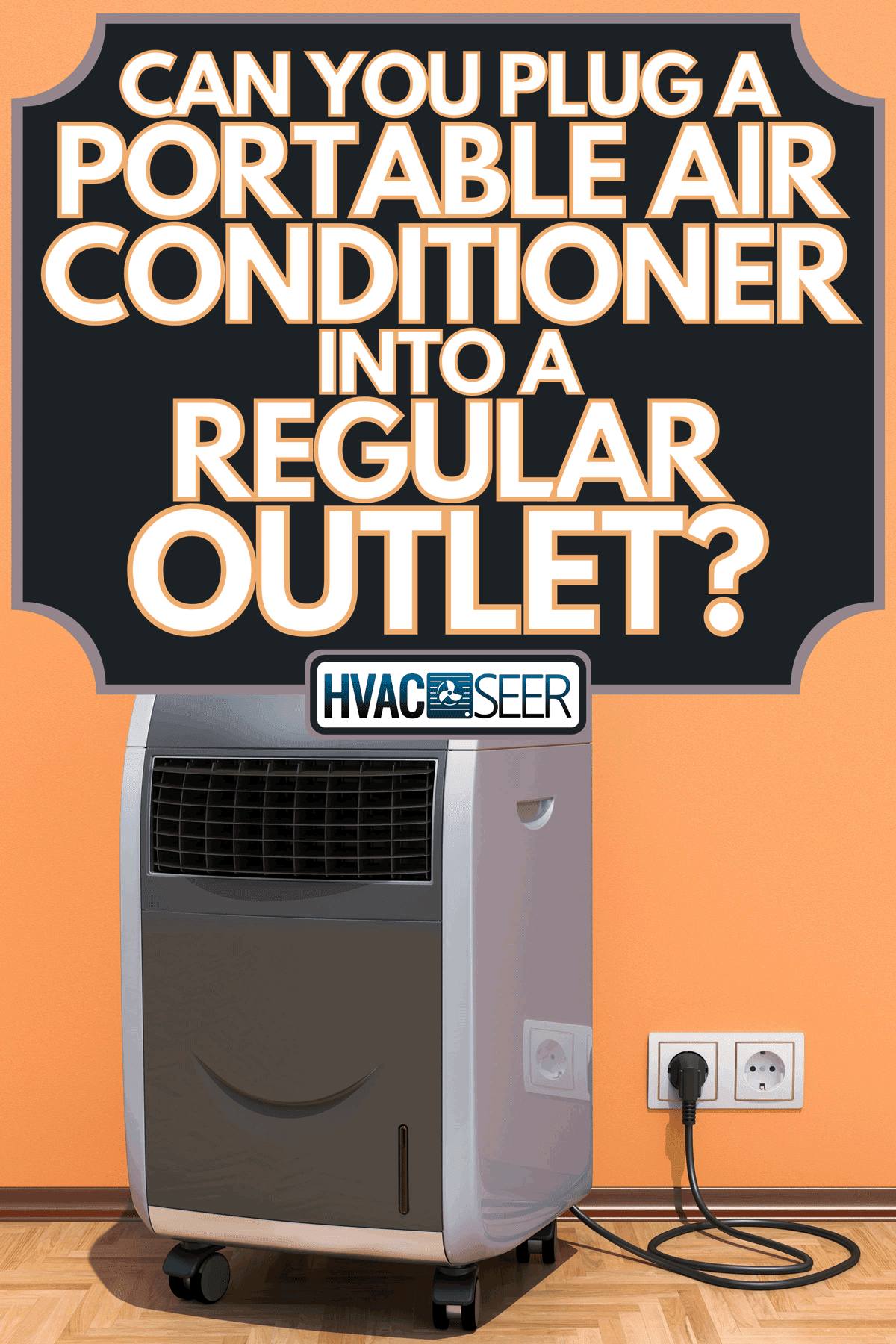
The summer heat is relentless, and the allure of a cool, air-conditioned oasis is almost irresistible. But before you rush to plug that window unit or portable AC into the nearest wall outlet, a critical question demands attention: Can a regular outlet handle the electrical load without tripping a breaker, or worse, causing a fire?
This seemingly simple query has significant implications for homeowner safety, appliance longevity, and even the integrity of a home's electrical system. Improperly connecting an air conditioner can lead to a cascade of problems, underscoring the need for a clear understanding of electrical requirements and safety protocols.
Understanding the Electrical Landscape
At the heart of this issue lies the delicate balance between an air conditioner's power demands and the capabilities of standard electrical outlets. Most residential outlets are designed to deliver a specific amount of power, typically 15 or 20 amps at 120 volts in North America. Air conditioners, particularly larger models, can draw a substantial amount of current, potentially exceeding the outlet's capacity.
The National Electrical Code (NEC), a widely adopted standard for safe electrical design, installation, and inspection, emphasizes the importance of matching appliance power requirements with appropriate circuits. Exceeding the circuit's capacity can lead to overheating, potentially damaging wiring and causing a fire. The Consumer Product Safety Commission (CPSC) also provides resources on electrical safety in the home.
Air Conditioner Types and Power Needs
Air conditioners come in various sizes and types, each with its unique power consumption profile. Small window units designed for individual rooms generally require less power than larger, whole-house central air conditioning systems. Portable air conditioners, while convenient, often fall somewhere in between.
To determine the power requirements of a specific air conditioner, consult the manufacturer's specifications, typically found on a label attached to the unit or in the owner's manual. Look for the amperage rating or wattage, which indicates the amount of electricity the appliance needs to operate safely.
Compare this value to the amperage rating of the outlet you intend to use. Plugging an air conditioner that draws 12 amps into a 15-amp circuit may be safe, but it leaves little headroom for other devices plugged into the same circuit. A 20 amp circuit might be better suited.
The Risks of Overloading Circuits
When an air conditioner draws more current than a circuit can handle, the circuit breaker is designed to trip, cutting off the power supply. This is a safety mechanism intended to prevent overheating and potential fires. Repeatedly tripping a breaker is a clear sign of an overloaded circuit and should not be ignored.
However, relying solely on circuit breakers as a safety net is risky. In some cases, faulty wiring or outdated electrical systems may not trip the breaker quickly enough, allowing the wires to overheat and potentially ignite nearby combustible materials. This is especially true in older homes with aging electrical infrastructure.
Furthermore, consistently overloading a circuit can damage the air conditioner itself, shortening its lifespan and potentially voiding the warranty. The Electric Power Research Institute (EPRI) conducts research on power quality and its impact on appliances, and their findings often highlight the importance of stable and adequate power supply.
Best Practices for Safe Operation
To ensure the safe operation of an air conditioner, follow these best practices. First, always consult the manufacturer's specifications for the appliance's power requirements. Second, check the amperage rating of the outlet and circuit you plan to use. Third, avoid overloading the circuit by unplugging other appliances that are drawing power from the same outlet.
If you are unsure about the electrical capacity of your home or have concerns about the safety of your wiring, consult a qualified electrician. They can assess your electrical system, identify potential hazards, and recommend appropriate upgrades or modifications.
Consider using a dedicated circuit for your air conditioner, especially for larger models. A dedicated circuit is specifically wired for a single appliance, providing a consistent and reliable power supply without the risk of overloading. This often involves running a new wire from the electrical panel to a dedicated outlet.
"Always prioritize safety when dealing with electricity. If you have any doubts, consult a qualified electrician." - National Electrical Manufacturers Association (NEMA).
Alternative Solutions and Energy Efficiency
If your existing electrical system cannot safely handle your air conditioning needs, explore alternative solutions. Consider upgrading your electrical panel to increase its capacity or installing a window air conditioner instead of a central air unit. Smaller units draw significantly less power.
Furthermore, explore energy-efficient air conditioning options. Models with higher Energy Efficiency Ratios (EER) consume less electricity, reducing the strain on your electrical system and lowering your energy bills. Look for the Energy Star label, which indicates that the appliance meets strict energy efficiency guidelines set by the Environmental Protection Agency (EPA).
Proper insulation and sealing of your home can also reduce the load on your air conditioner, minimizing its power consumption. Sealing air leaks around windows and doors and adding insulation to your attic can significantly improve energy efficiency.
Looking Ahead: The Future of Home Electrification
As homes become increasingly reliant on electricity, with the rise of electric vehicles, heat pumps, and other high-power appliances, the demand on residential electrical systems will continue to grow. This trend underscores the importance of investing in robust and reliable electrical infrastructure.
Smart home technologies, such as smart circuit breakers and energy monitoring systems, can help homeowners manage their electricity consumption and prevent overloads. These systems provide real-time data on power usage and can automatically shut off circuits if an overload is detected.
Ultimately, the question of whether you can plug an air conditioner into a regular outlet is not a simple yes or no. It requires careful consideration of the appliance's power requirements, the outlet's capacity, and the overall condition of your home's electrical system. By prioritizing safety and following best practices, you can enjoy the comfort of air conditioning without risking electrical hazards.




